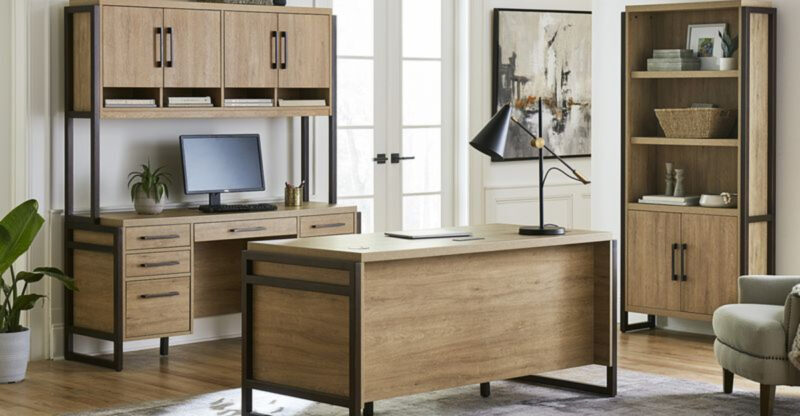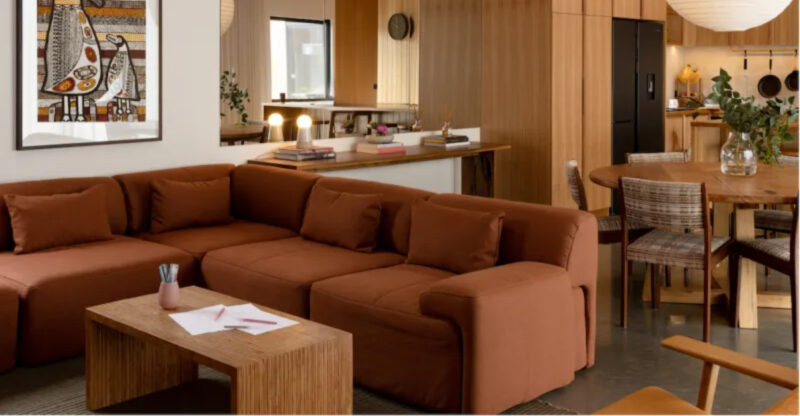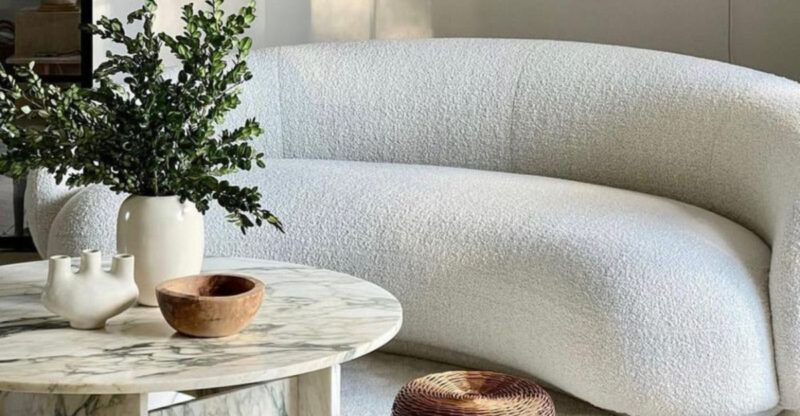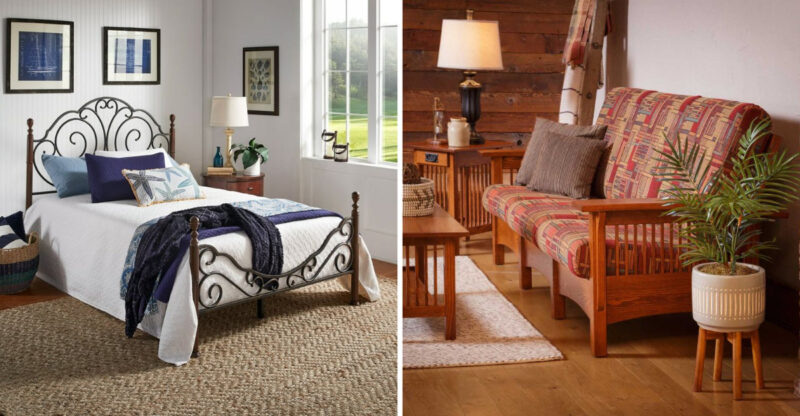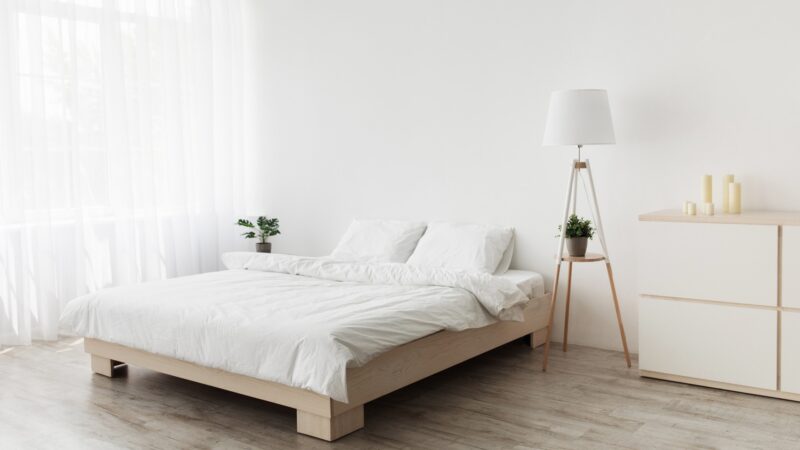15 Older Furniture Pieces That May Be Less Familiar To Younger Generations
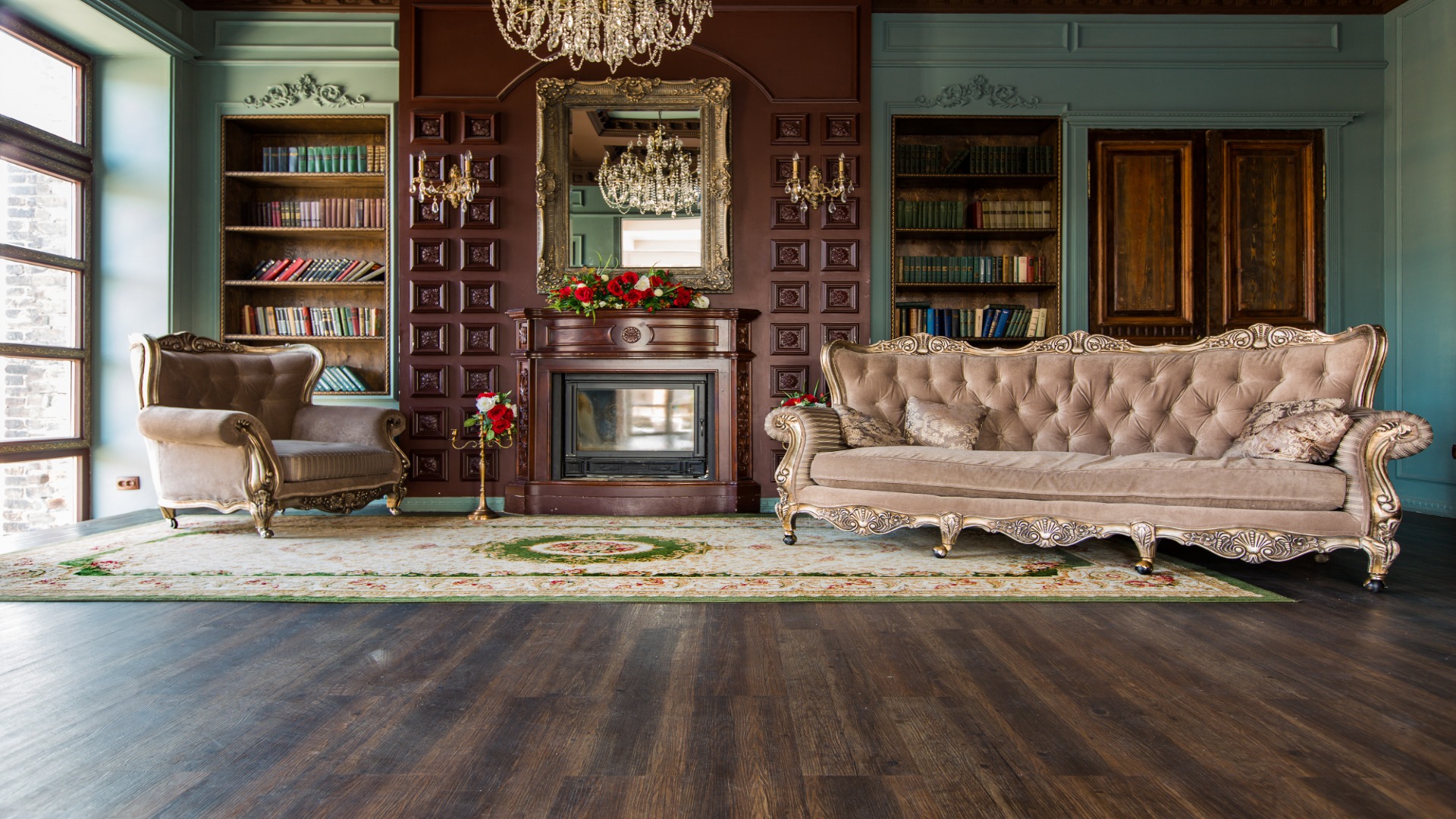
Faded silhouettes of once-essential furniture linger in antique shops, carrying whispers of another era. Across America, these pieces shaped daily life long before modern minimalism took hold. Their craftsmanship blended utility and beauty, each design reflecting the rhythms of family traditions. Today, many pass them by unaware of the stories etched into carved wood and polished brass.
This article is for informational and inspirational purposes only. Historical details about furniture pieces are based on general sources and may vary by region or era. For accurate dating, valuation, or restoration advice, consult antiques experts or professional appraisers.
1. Hoosier Cabinets
Found in nearly every American kitchen between 1890-1940, these freestanding workstations combined storage, workspace, and organization before built-in cabinetry became standard.
The typical Hoosier featured a pull-out porcelain or zinc workspace, built-in flour sifters, spice racks, and clever storage solutions. These practical pieces often stayed in families for many years.
2. Pie Safes
Before refrigeration, these tall cabinets protected freshly baked goods from insects and rodents while allowing air circulation. The distinguishing feature? Punched tin panels with decorative patterns.
Farmhouse kitchens commonly housed these practical pieces. The perforated tin panels weren’t just decorative – they served as primitive ventilation systems while keeping pests away from cooling pies and other treats.
3. Washstands
Bedroom essentials before indoor plumbing, these small cabinets held porcelain pitchers and basins for morning washing rituals. Typically featuring a backsplash, towel bars, and small drawers for grooming items.
Some models included a marble top to prevent water damage. Victorian-era washstands often matched bedroom sets, while simpler country versions prioritized function over elaborate decoration.
4. Jelly Cupboards
Tall, narrow cabinets designed specifically for storing preserved fruits and jellies in the days before refrigeration. Their specialized design kept preserves cool and protected.
Typically featuring slatted or punched tin doors for ventilation while keeping dust away. These practical pieces were kitchen workhorses, often tucked into pantries or kitchen corners, allowing families to enjoy summer’s bounty year-round.
5. Sideboards
Grand dining room staples that showcased a family’s finest serving pieces while providing essential storage and serving space for formal meals.
The typical sideboard featured a long, flat top for displaying and serving food, with cabinets below for linens and drawers for silverware. Many Victorian-era versions included ornate carvings, beveled mirrors, and elaborate hardware as status symbols.
6. Huntboards
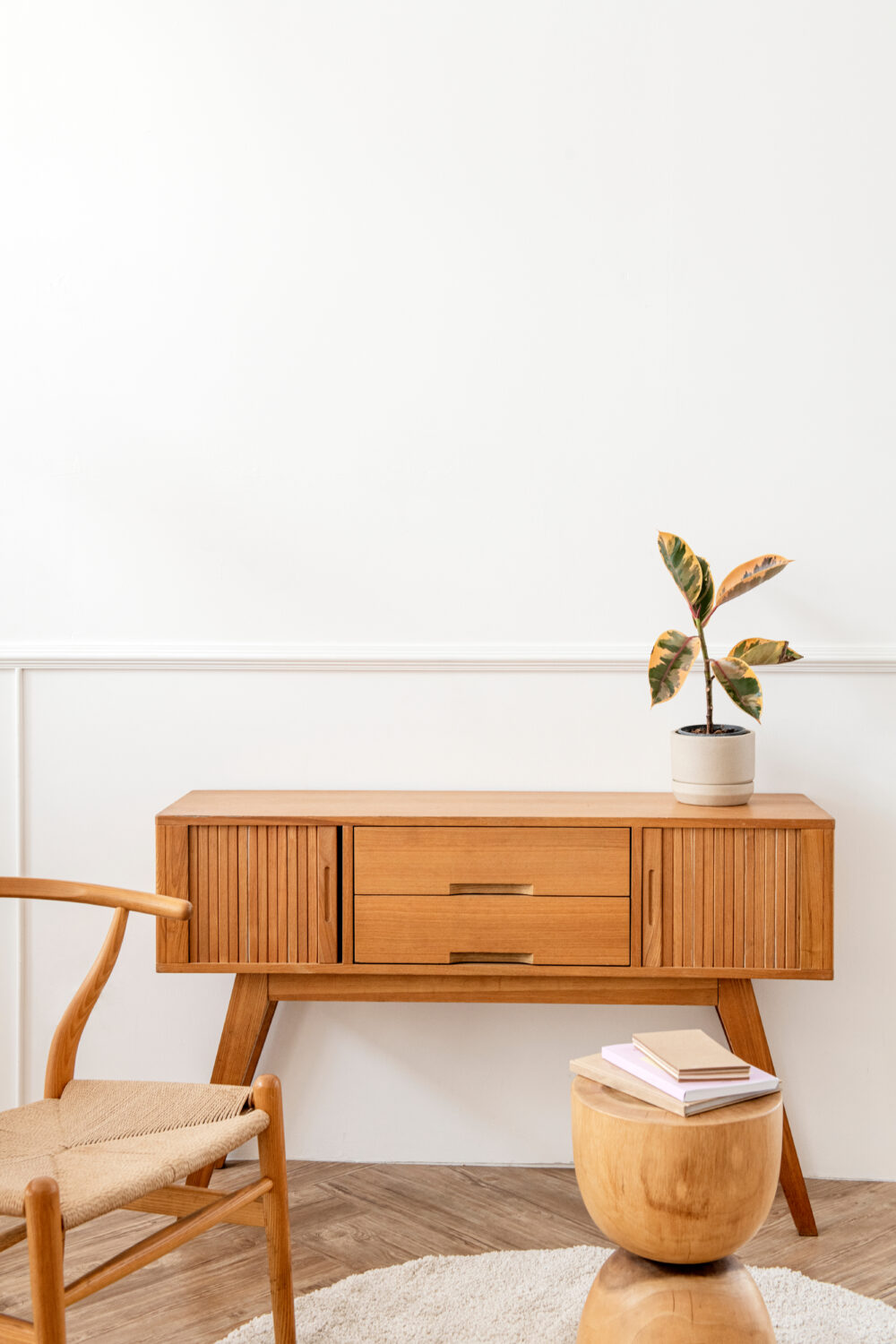
Taller than sideboards, these serving pieces originated in Southern homes for hunters to easily serve themselves without bending over after a day’s excursion.
The extra height – typically standing 42-46 inches tall – made them practical for standing service. Simpler than formal sideboards, huntboards often featured long, narrow proportions with minimal storage below and were common in rural homes.
7. Secretary Desks
Combining workspace with storage, these versatile pieces featured a drop-down writing surface that revealed small cubbies and drawers for correspondence.
The sloped front opened to create an instant workspace, then closed to hide clutter. Usually topped with a bookcase section and anchored by drawers below, secretaries were space-saving solutions for managing household business in parlors or living areas.
8. Roll-Top Desks
Office workhorses featuring a distinctive tambour cover that rolled down to secure paperwork at day’s end. These substantial pieces combined generous workspace with specialized storage.
Inside, dozens of small compartments organized everything from stamps to invoices. The tambour design – consisting of thin wooden slats mounted on canvas – allowed the flexible cover to retract into the desk’s curved back, a mechanical marvel of pre-digital organization.
9. Chiffoniers
Tall, narrow dressers with multiple drawers designed for storing smaller clothing items and linens when closet space was limited. The name derives from the French word for “rags.”
Popular during the 19th century, these space-saving pieces often featured a small mirror on top. Unlike modern dressers, chiffoniers prioritized vertical storage, making them perfect for small bedrooms or for organizing items like gloves, handkerchiefs, and undergarments.
10. Murphy Beds (Early Versions)
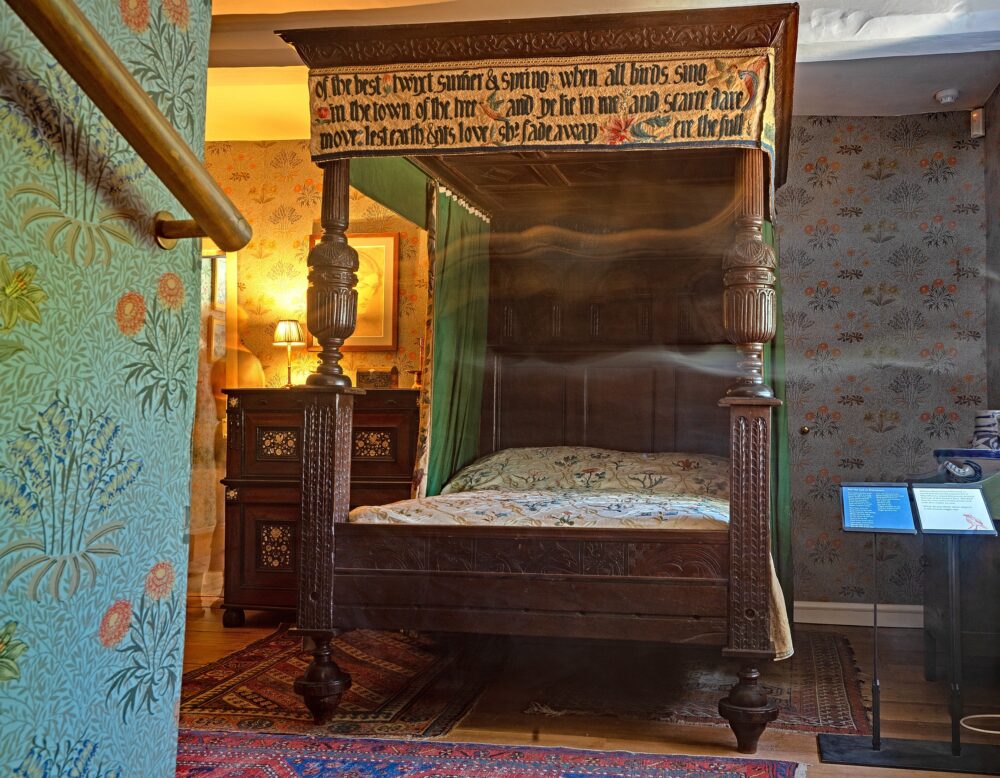
Invented in the early 1900s, these early space-saving designs folded into wall cabinets, transforming bedrooms into living spaces during the day. Early models featured elaborate cabinetry disguises.
Unlike today’s lightweight versions, vintage Murphy beds required substantial wall anchoring and often came disguised as bookcases or cabinets. They became especially popular in growing cities where apartment living made multipurpose rooms necessary.
11. Wardian Cases
Victorian-era miniature greenhouses designed as furniture pieces allowed plant enthusiasts to grow exotic specimens indoors despite polluted city air.
Named after inventor Nathaniel Ward, these glass-enclosed cases created self-contained environments for ferns and tropical plants. Ornately decorated with wooden or metal frames, they served as living showcases in Victorian parlors when houseplants became status symbols.
12. Fainting Couches
Asymmetrical chaise lounges with one raised end and no back on the opposite side became fixtures in Victorian ladies’ bedrooms and sitting rooms.
Despite the dramatic name, these pieces served practical purposes associated with resting comfortably during the day when lying in bed was less common. The unique shape provided comfortable support for reading or resting during the day without fully reclining in bed, which was considered improper.
13. Smoking Stands
Small, portable tables designed specifically for tobacco enthusiasts, featuring specialized compartments for pipes, cigars, matches, and ashtrays. Most stood about 27 inches tall – perfect beside an armchair.
These dedicated smokers’ companions became popular during the early 20th century when smoking was considered sophisticated. Some elaborate models included humidors, pipe racks, and even electric lighters as smoking rituals became an important social custom.
14. Pie-Crust Tables
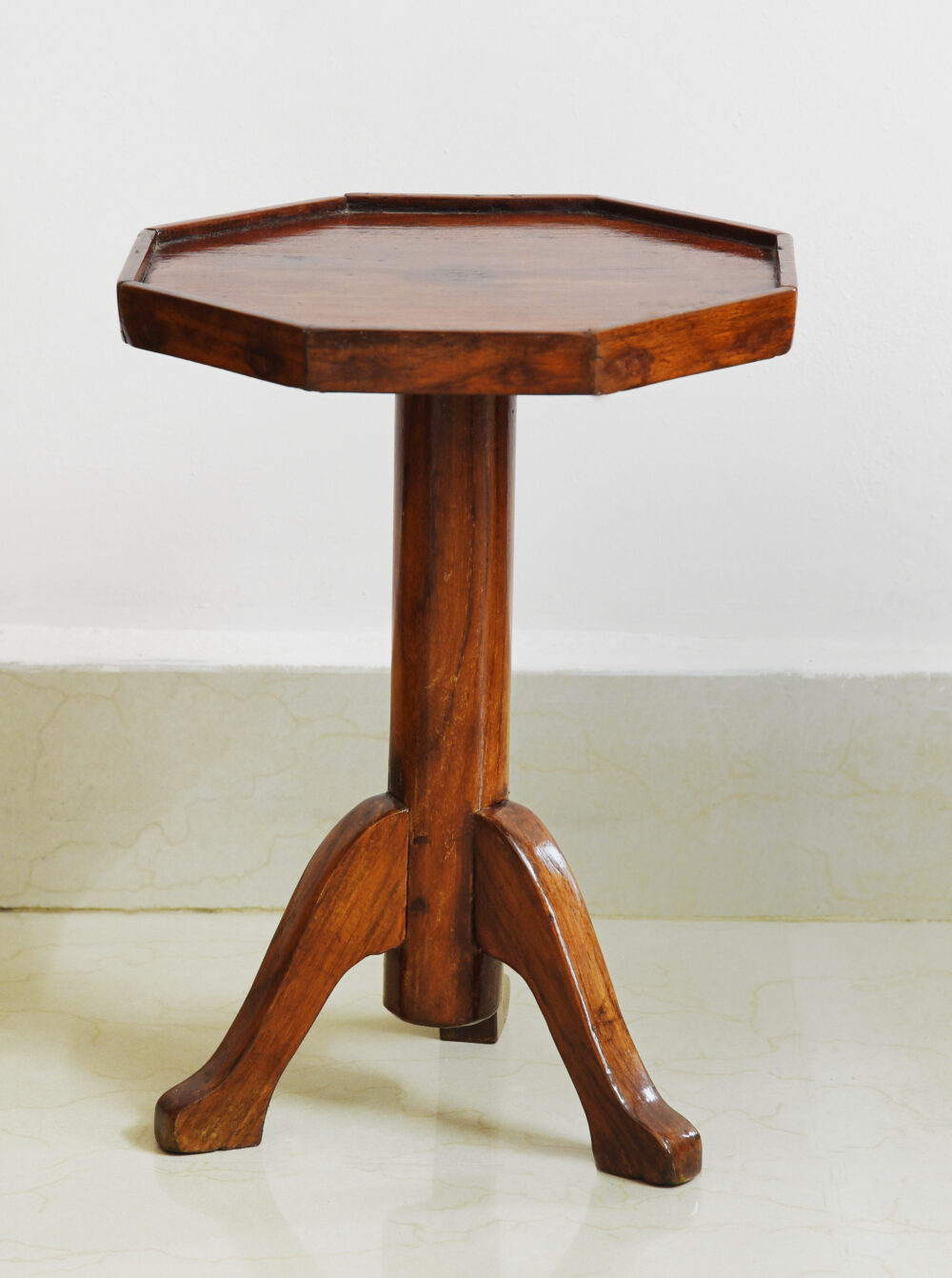
Delicate tilt-top tables featuring scalloped edges resembling crimped pie crusts served as elegant occasional tables in 18th and 19th-century homes.
Typically supported by a central pedestal with three carved feet, these tables could tilt vertically for storage against walls when not in use. The hand-carved edges required considerable craftsmanship, making these practical pieces also important displays of woodworking artistry.
15. Corner Cabinets
Space-saving triangular cabinets designed to fit perfectly into room corners showcased fine china and glassware in dining rooms and parlors.
Often featuring glass doors on the upper portion and solid doors below, these architectural pieces maximized otherwise awkward spaces. The angled design drew attention to precious items displayed inside while their built-in appearance made them seem like part of the home’s original architecture.

